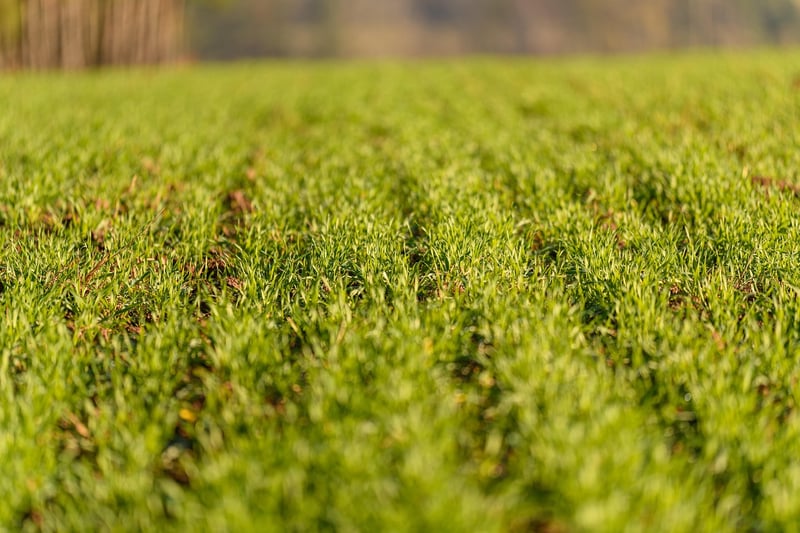Indoor vertical farms
Revolutionizing Agriculture: Vertical Cultivation Techniques
In recent years, agriculture has witnessed a groundbreaking shift towards vertical cultivation techniques, particularly with the rise of indoor vertical farms. This innovative approach to farming has sparked interest and excitement among farmers, researchers, and consumers alike.
The Concept of Vertical Cultivation
Vertical cultivation involves growing crops in vertically stacked layers or inclined surfaces. By utilizing this technique, farmers can maximize space efficiency and crop yield, making it an attractive solution for urban areas with limited land availability.
Benefits of Vertical Farming
- Space Utilization: Vertical farming allows farmers to grow crops upwards, saving valuable horizontal space.
- Year-Round Production: Indoor vertical farms provide a controlled environment, enabling year-round cultivation regardless of outdoor conditions.
- Water Conservation: Vertical farming systems use water more efficiently through techniques like hydroponics and aquaponics.
- Pesticide-Free: Controlled environments in indoor vertical farms reduce the need for pesticides, resulting in healthier produce.
Indoor Vertical Farms
Indoor vertical farms take vertical cultivation to the next level by integrating technology, such as LED lighting, climate control systems, and automated processes. These farms offer a sustainable and efficient way to produce a wide variety of crops, from leafy greens to strawberries.
Image of an Indoor Vertical Farm:

With the ability to control factors like light, temperature, and humidity, indoor vertical farms can optimize growing conditions for each crop, resulting in higher yields and superior quality produce.
Future Implications
The adoption of vertical cultivation techniques and indoor vertical farms has the potential to transform the way we produce food. As populations grow and urbanization increases, these innovative farming methods offer a sustainable solution to meet the rising demand for fresh, locally grown produce.
Embracing vertical farming not only addresses the challenges of traditional agriculture but also presents an opportunity to create a more resilient and environmentally friendly food system for the future.
Join the agricultural revolution today and explore the possibilities of vertical cultivation!
